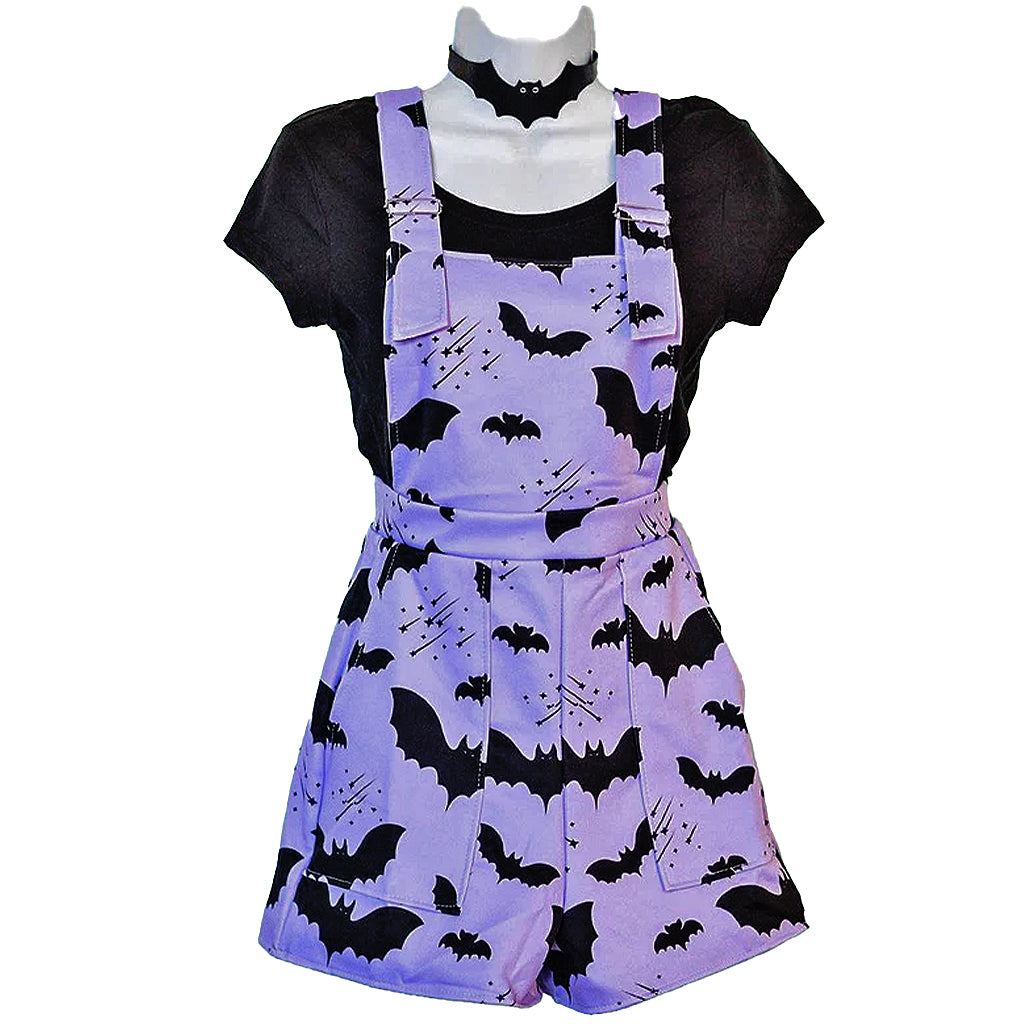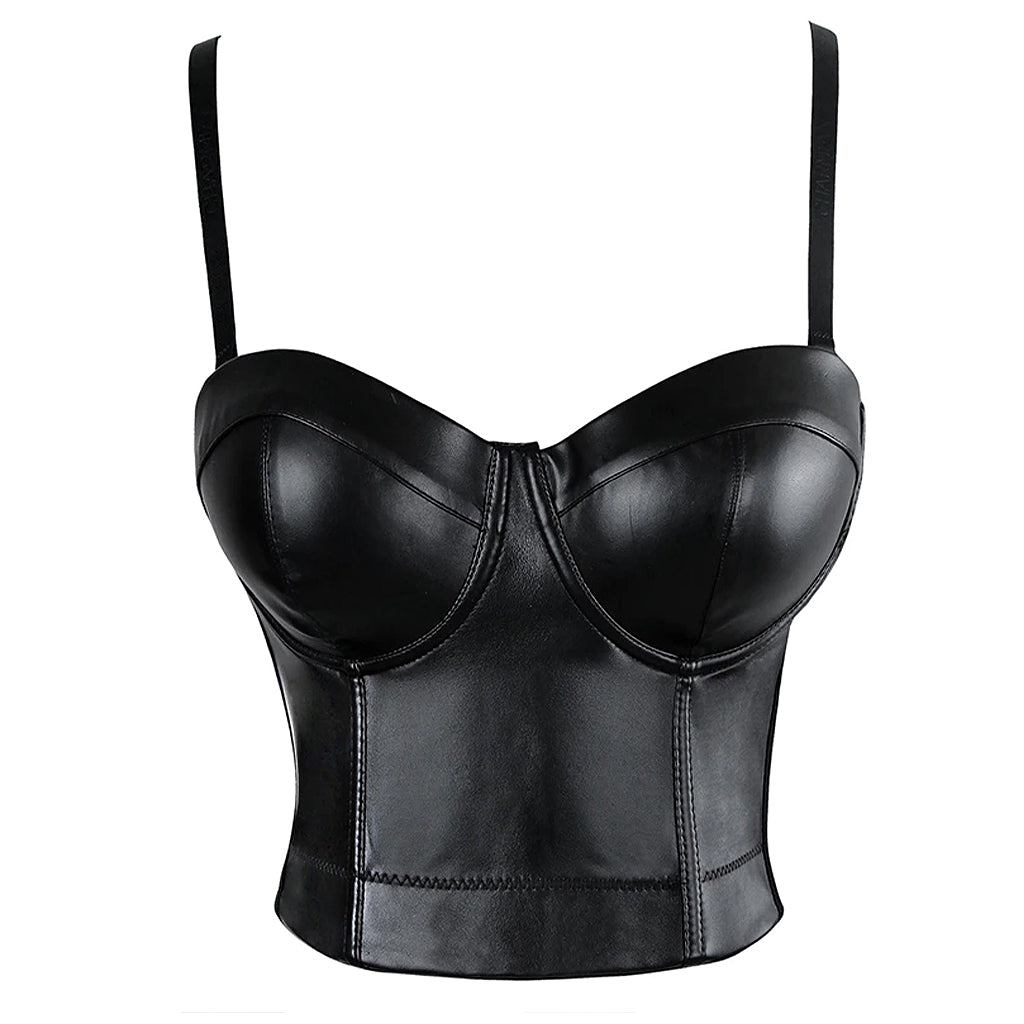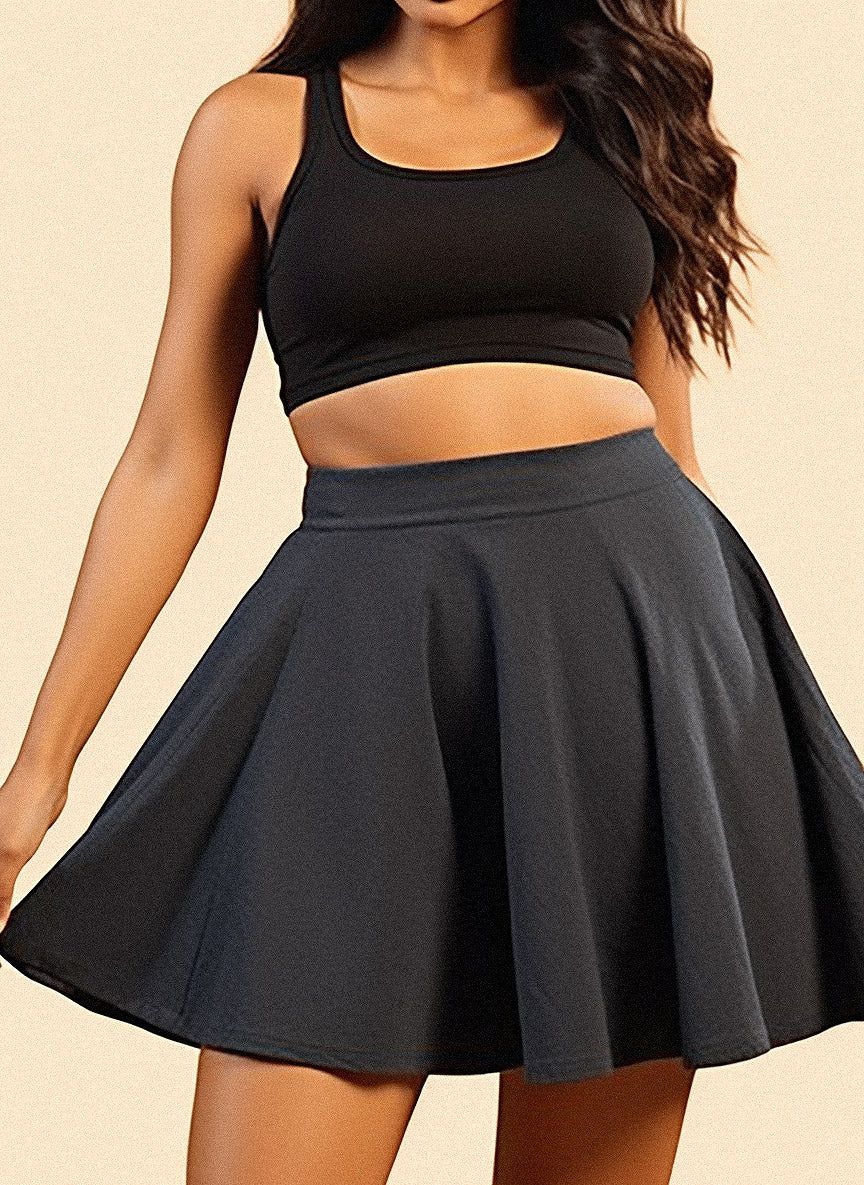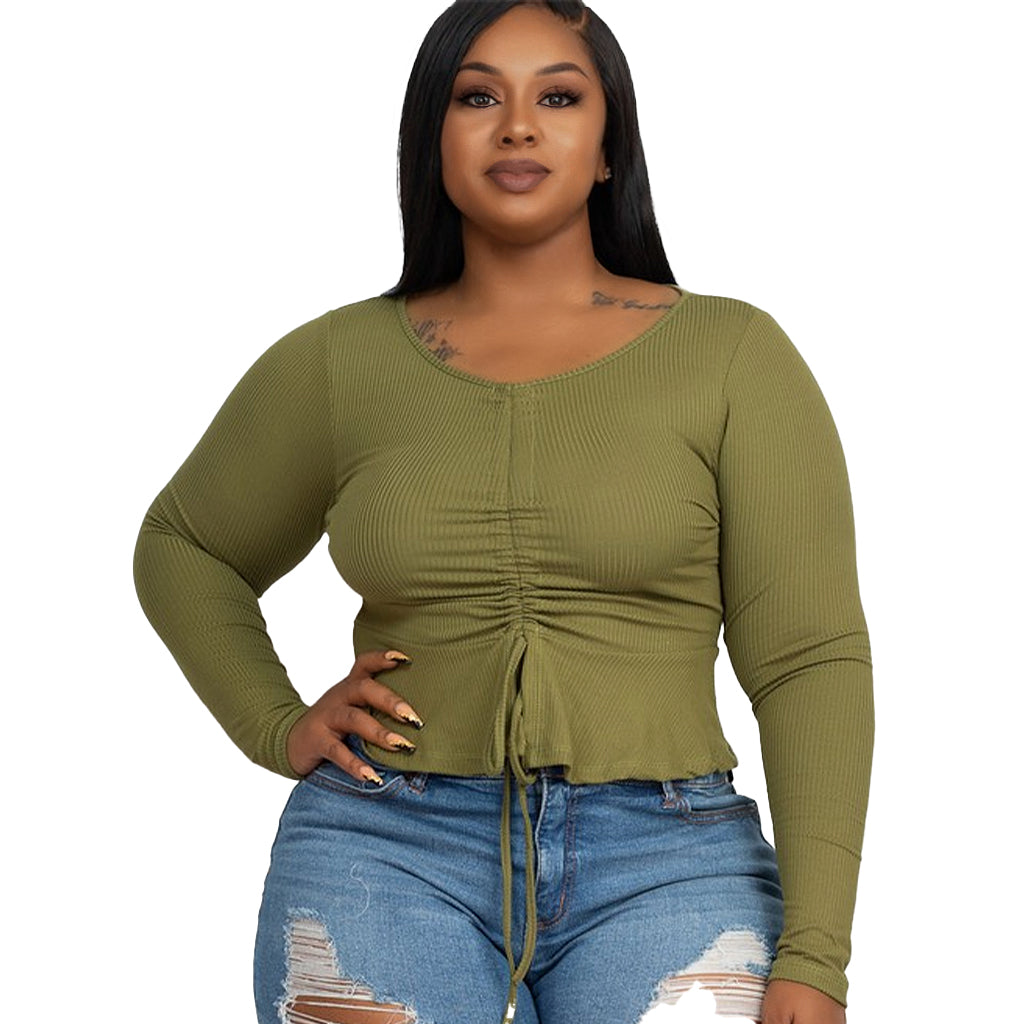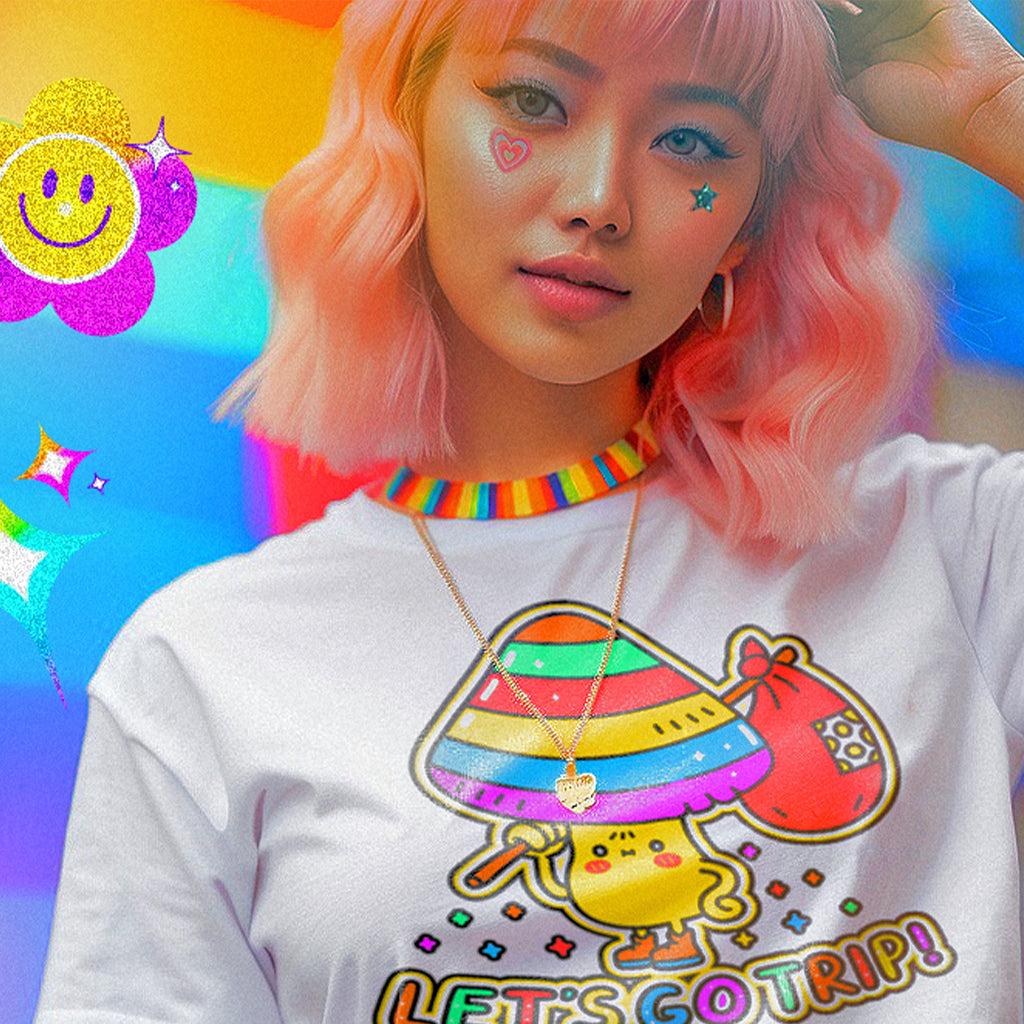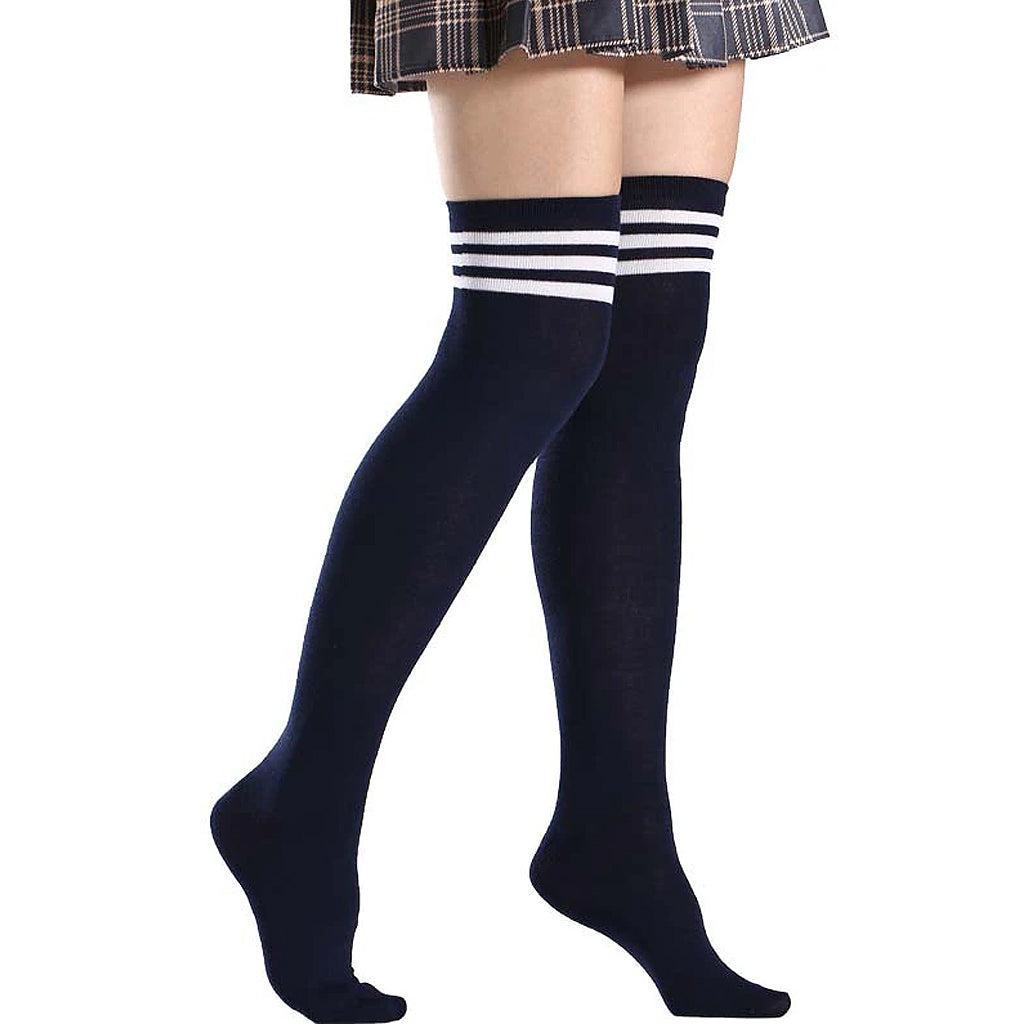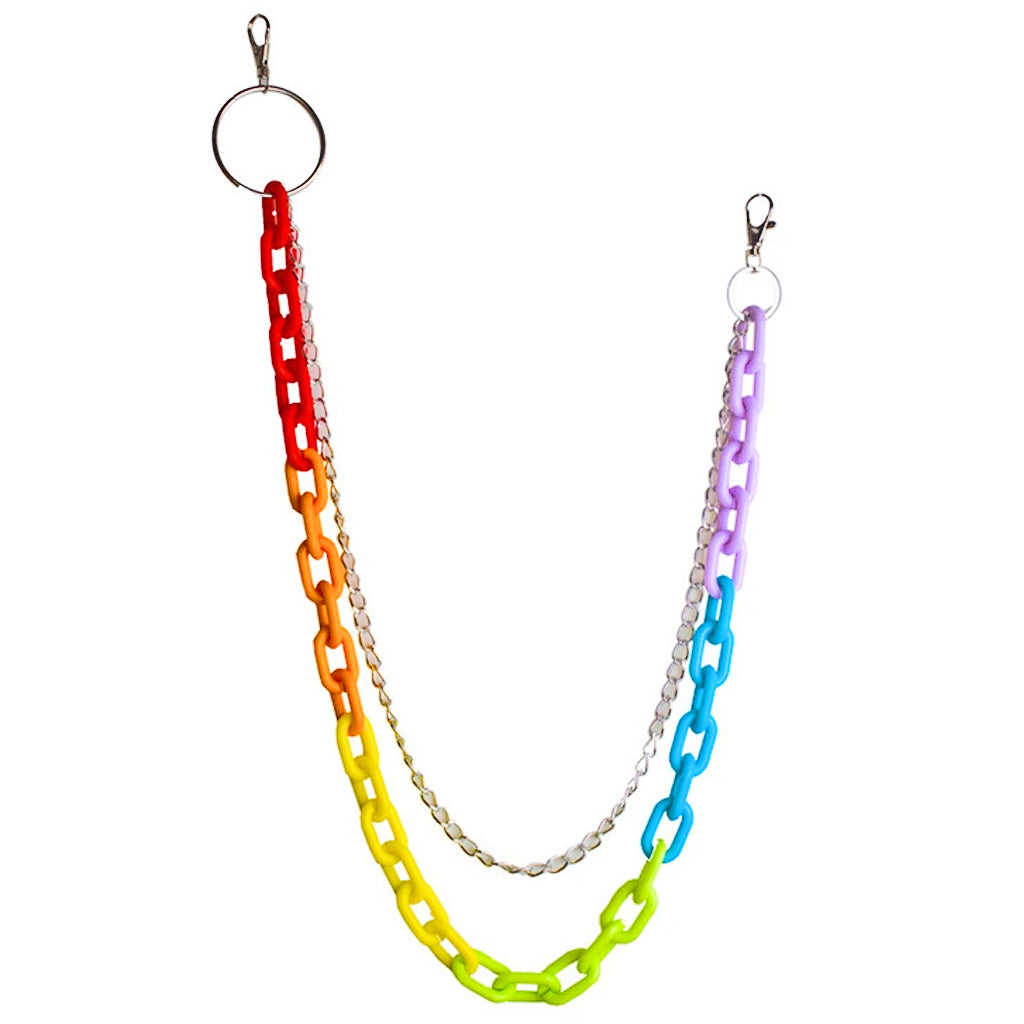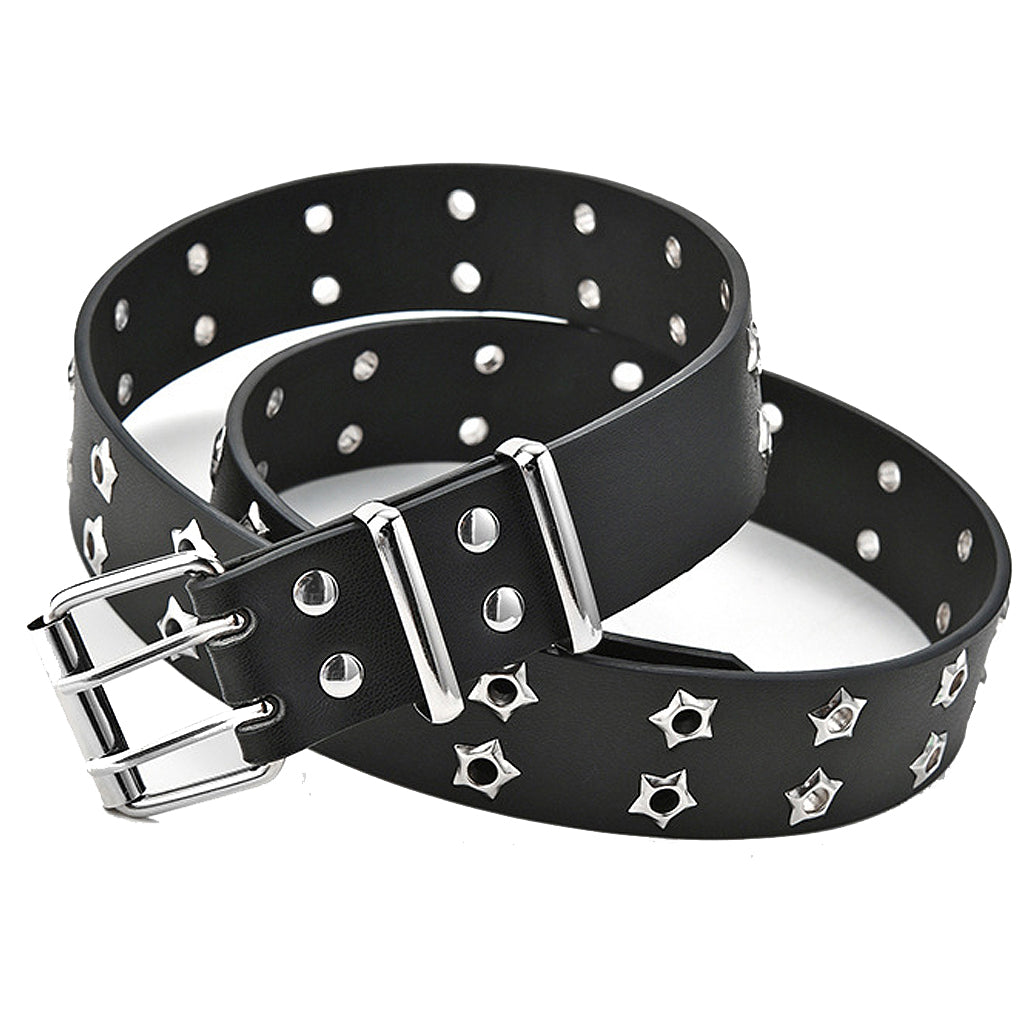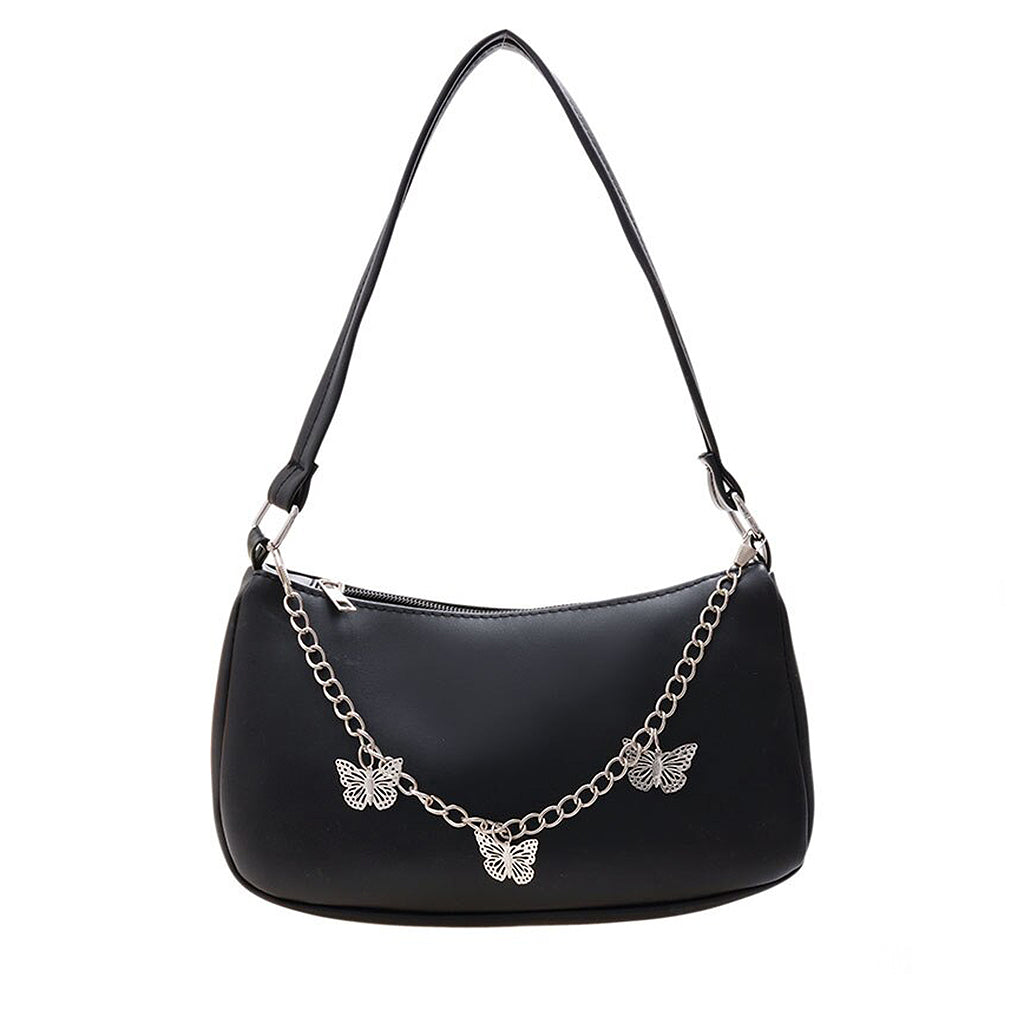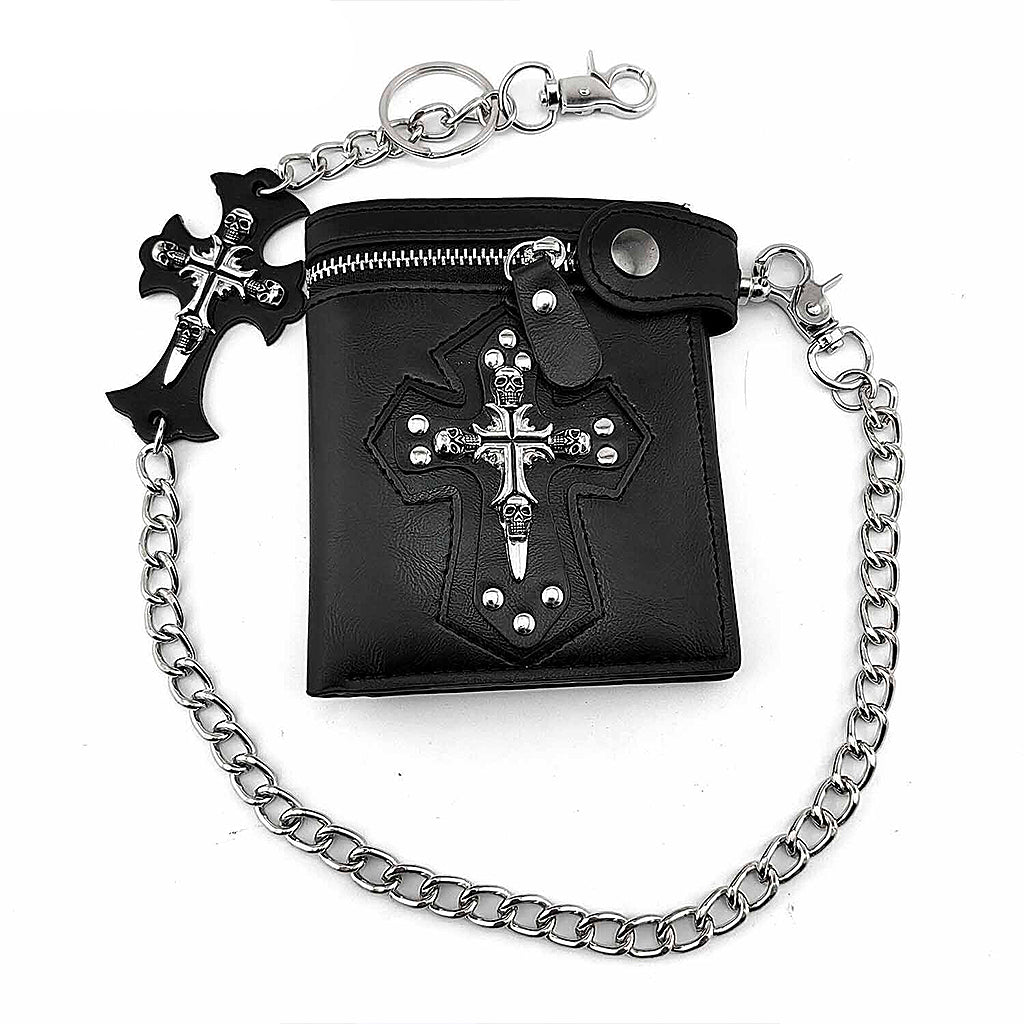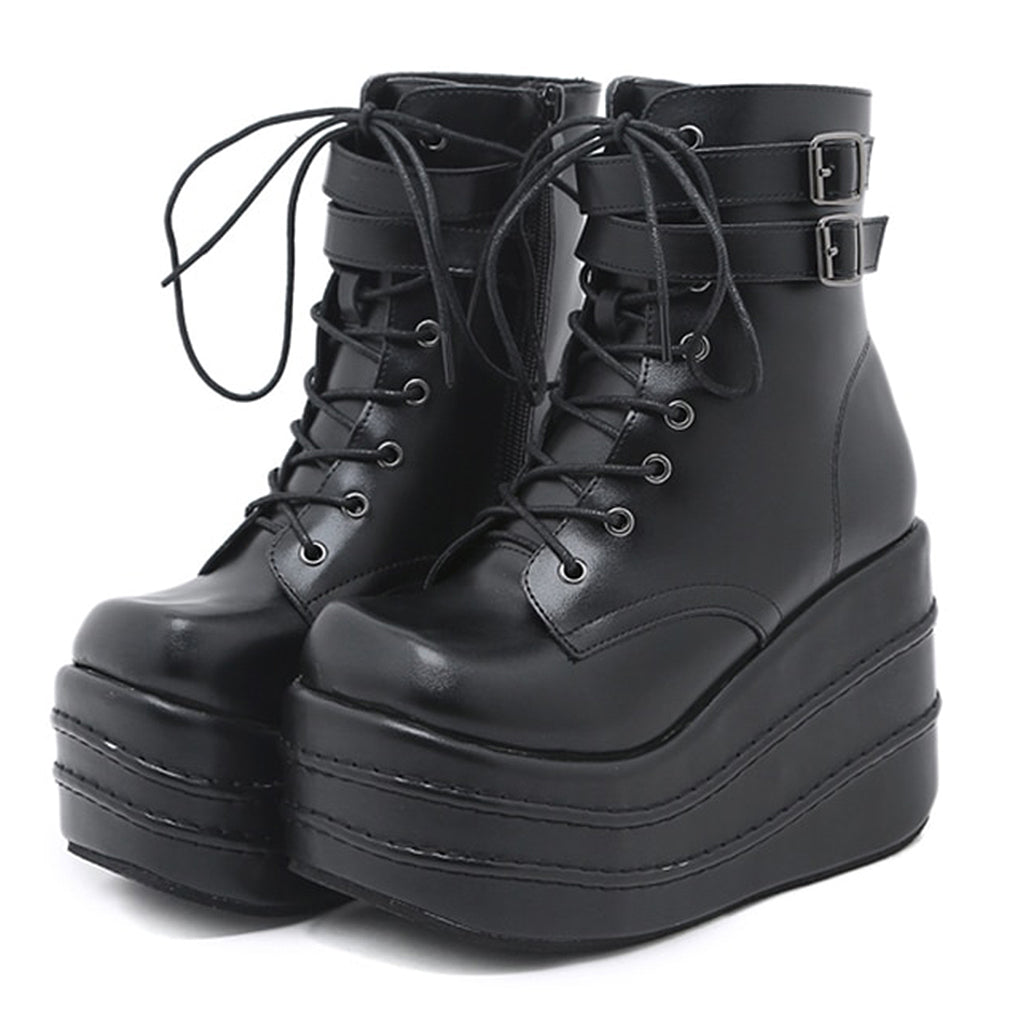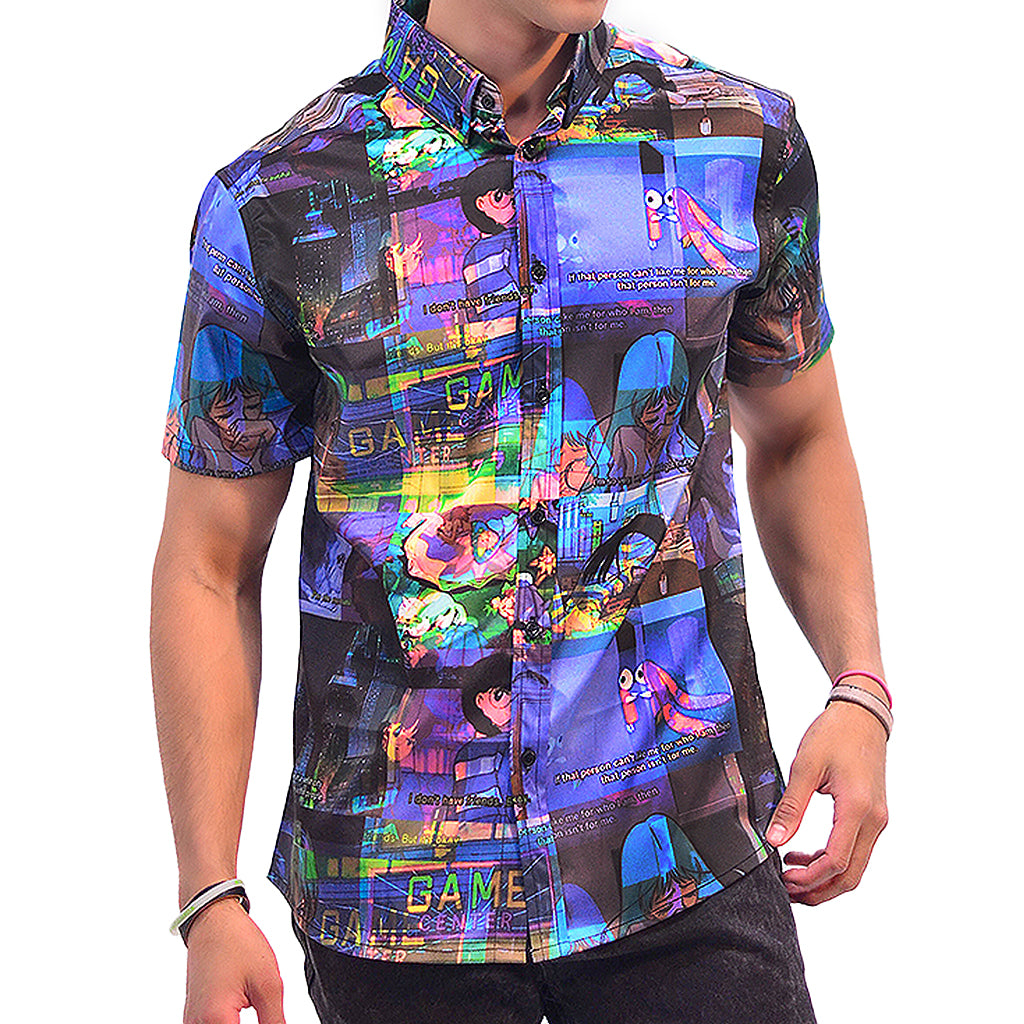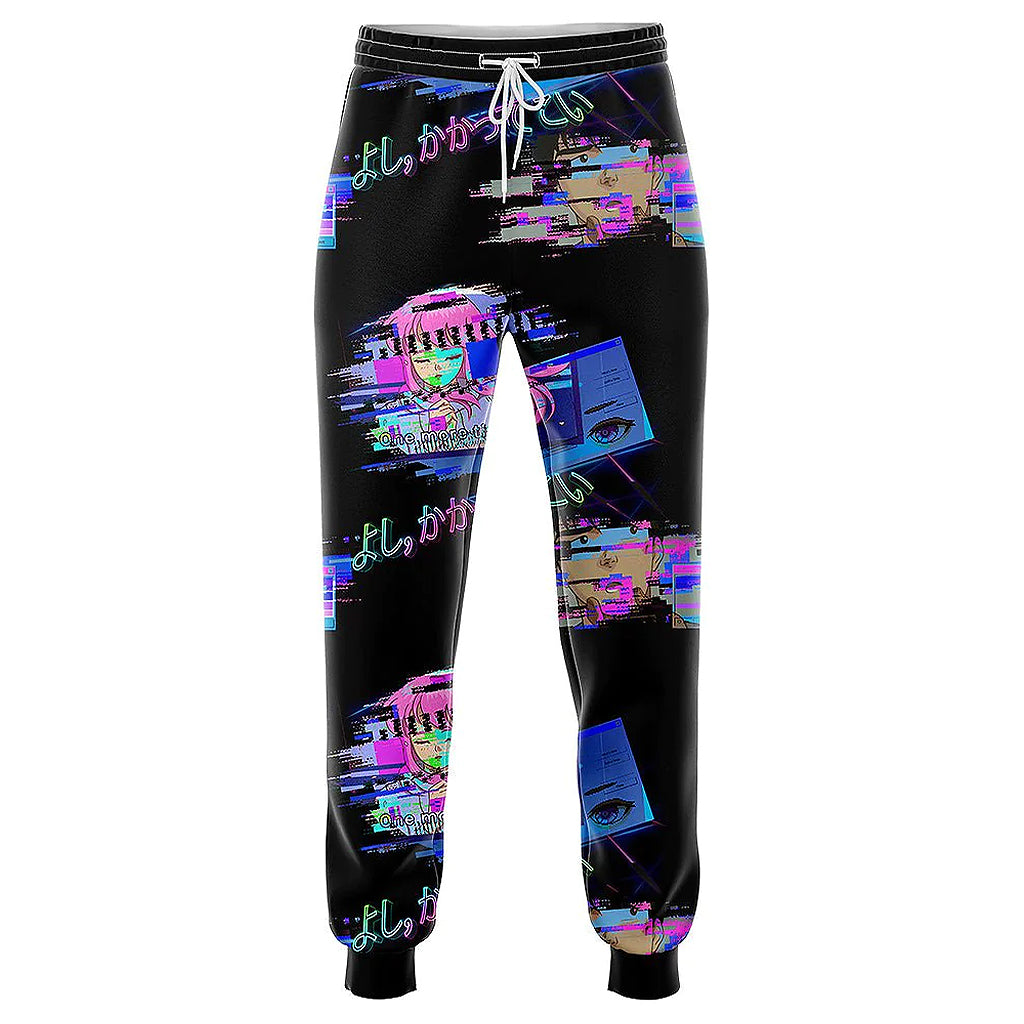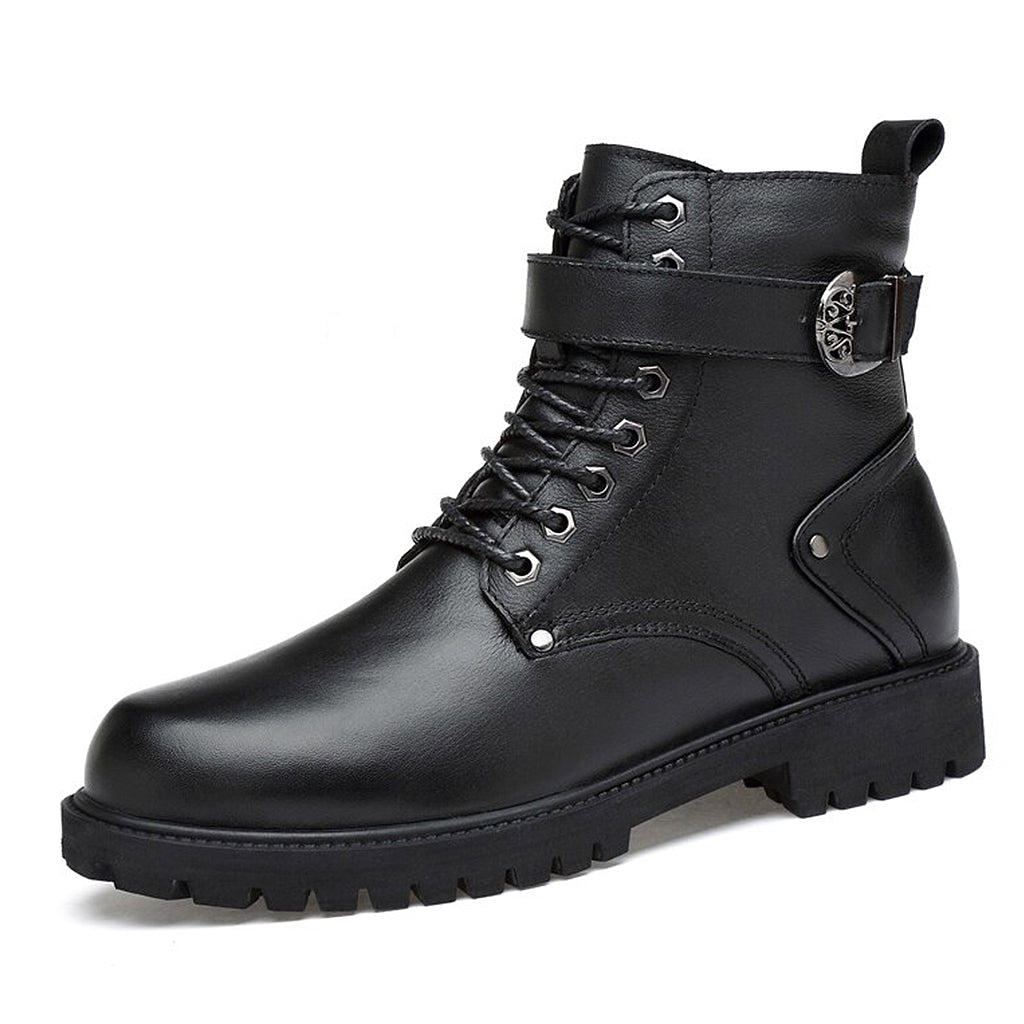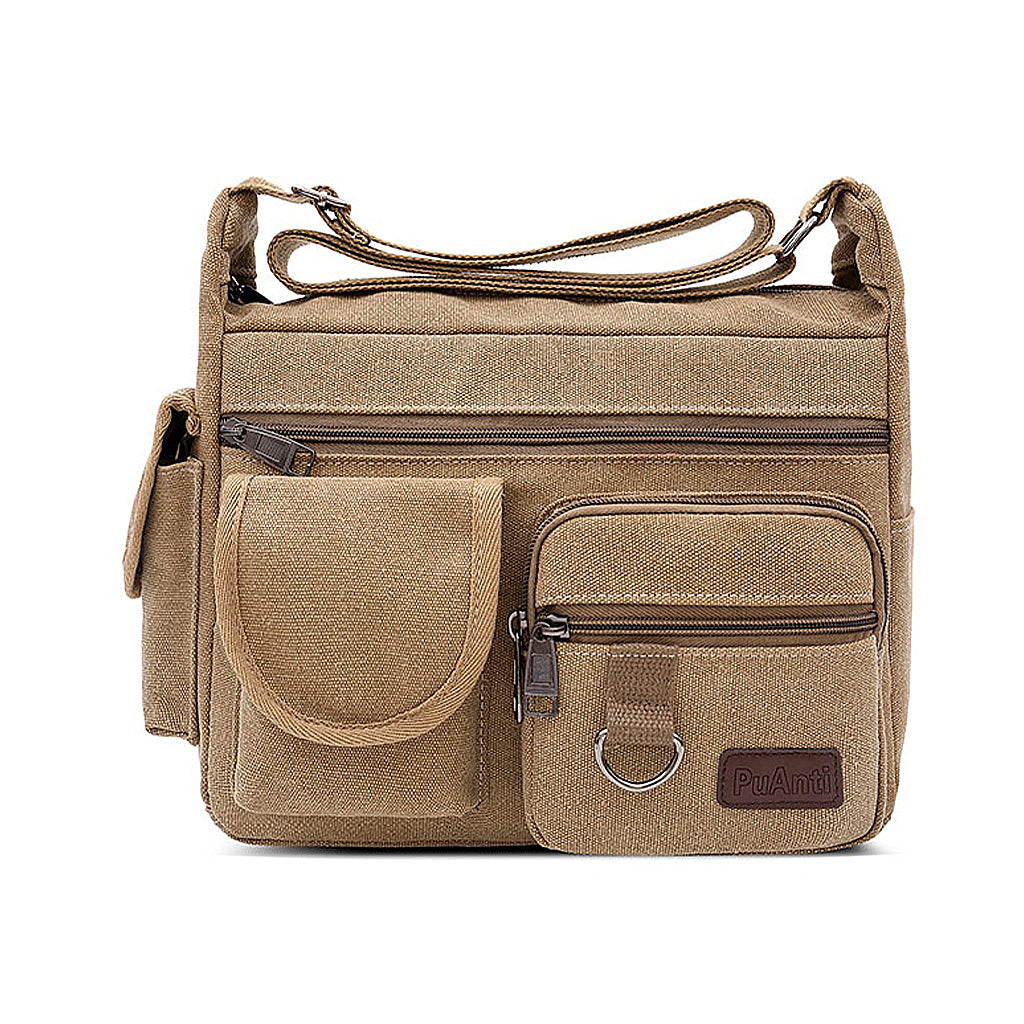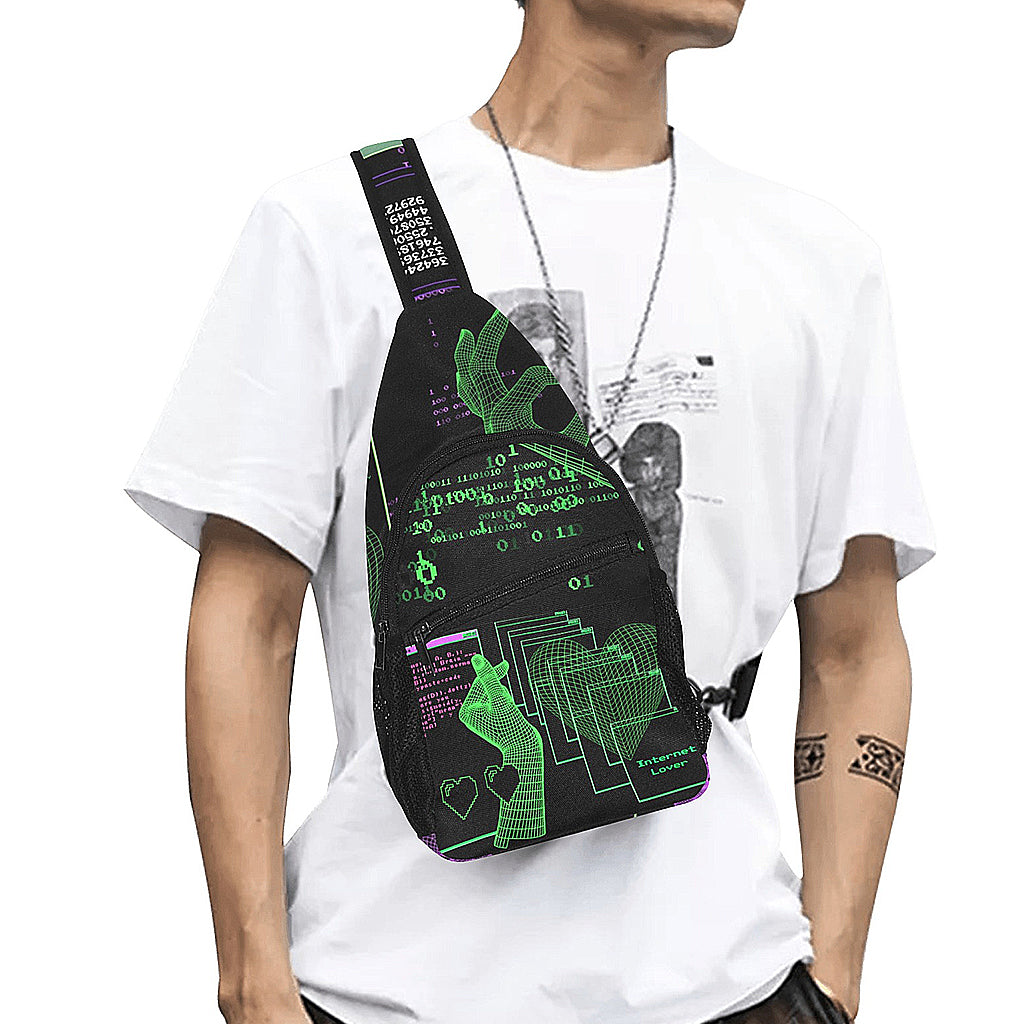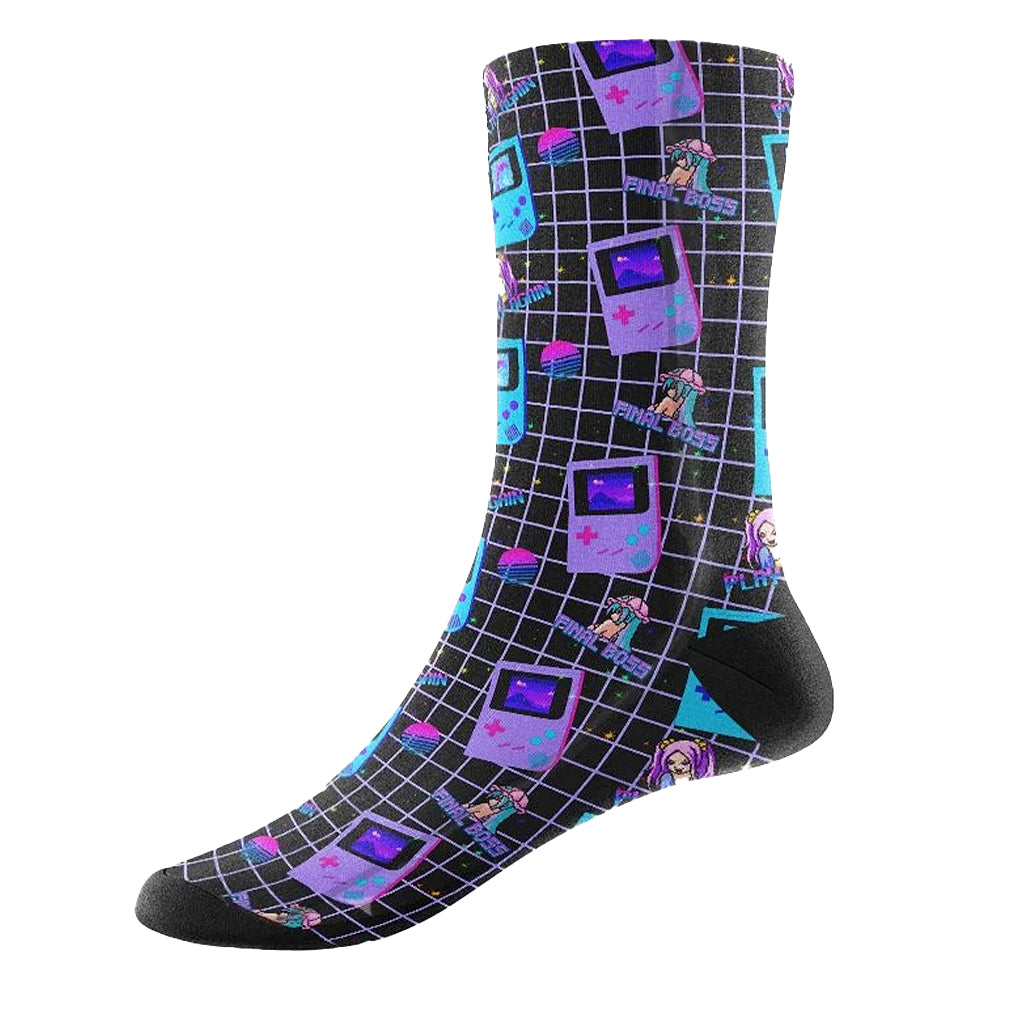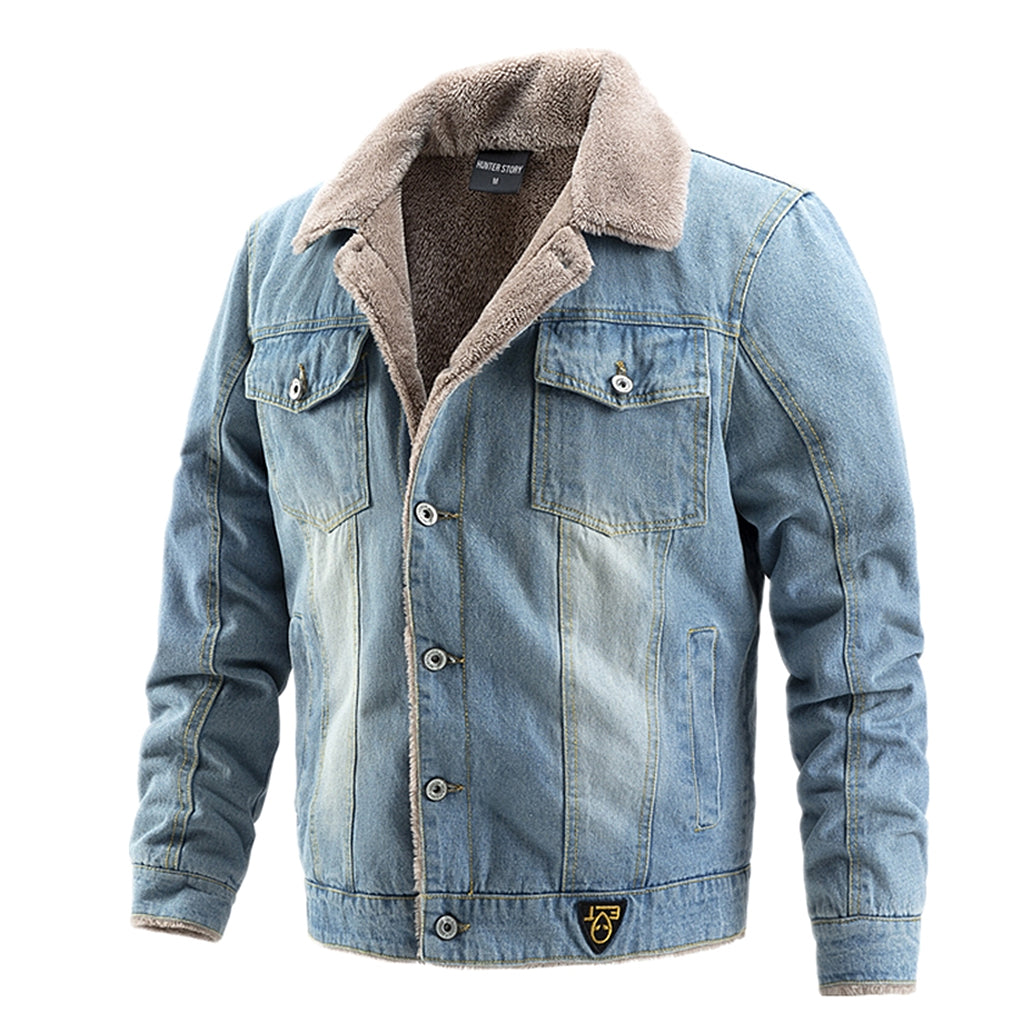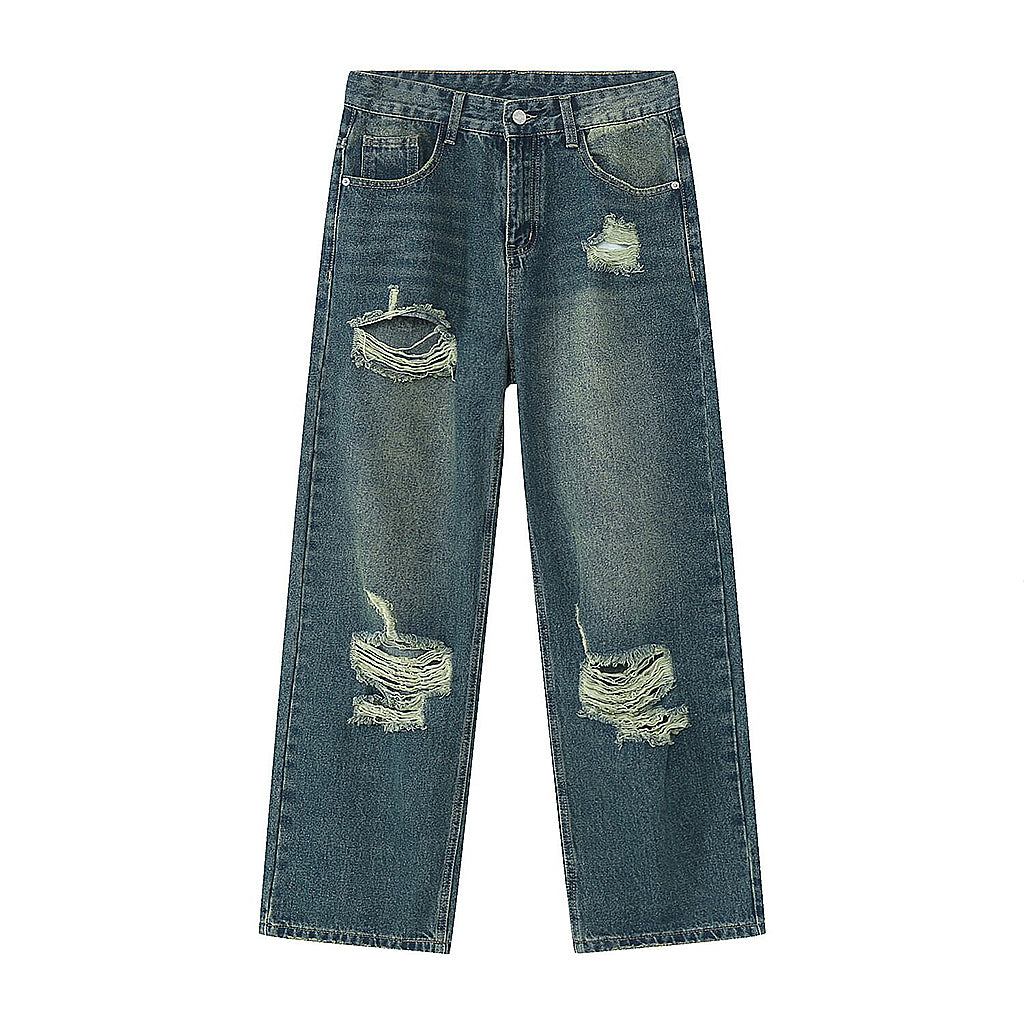Fairy Kei: Unveiling the Colorful World of Japanese Fashion
Fairy Kei: Unveiling the Colorful
World of Japanese Fashion
Imagine walking through Tokyo's vibrant Harajuku district, where the pastel hues of Fairy Kei fashion blossom amidst the urban landscape. This whimsical style, deeply rooted in 1980s pop culture, creates a dreamscape for enthusiasts seeking a nostalgic escape.
Fairy Kei transcends mere clothing.
Within its spectrum of soft colors and playful motifs, Fairy Kei embodies a fantastical aesthetic that offers both a sartorial statement and a form of personal expression.
Origins of Fairy Kei
Fairy Kei emerged as a tribute to the optimistic pop aesthetic of the 1980s, particularly drawing inspiration from Western cartoons and toys that infiltrated Japanese culture during this vibrant era.
In contrast to the edgy and intense visuals often associated with Harajuku fashion, Fairy Kei offers a softer palette resembling childhood innocence. Through its pastel tones and nostalgic references, the style presents a sharp deviation from conventional contemporary fashion, inviting wearers to indulge in the halcyon days of youth.
The term “Fairy Kei” itself connotes the enchantment and whimsy inherent to the style, evoking images of a candy-colored world pulled straight from a fairy tale's pages.
1980s Pop Culture Influence
Fairy Kei fashion is inextricably linked to the 1980s—a decade marked by vibrant colors and bold style choices.
The 1980s aesthetic is alive in Fairy Kei, serving as a vibrant homage to a revolutionary pop culture era.
Portraying a spectrum of luminescent hues and graphics, Fairy Kei pays homage to iconic 1980s pop figures, cartoons, and music, fusing these elements into a distinctive fashion statement.
The movement's penchant for nostalgia manifests in clothing adorned with symbols and icons reminiscent of 1980s childhood, reconnecting wearers with a sense of past youthfulness and exuberance.
Visual Kei and Harajuku Beginnings
Visual Kei, with its flamboyant and androgynous aesthetics, set the stage for Harajuku's expressive street fashion.
- Harajuku District: A Tokyo fashion epicenter where experimentation meets individualism.
- Visual Kei: A music-driven style movement emphasizing dramatic costumes and makeup.
- 1980s: The decade when both Visual Kei and Harajuku style began garnering attention.
- Layering: A key feature in Harajuku fashion that would influence Fairy Kei.
- DIY Ethos: A core principle of Harajuku culture that Fairy Kei enthusiasts embraced.
In this vibrant Tokyo district, creativity knows no bounds, clothing is a canvas, and rules are often defied.
Subcultures collided in Harajuku, intertwining to form Fairy Kei, a pastel-hued offspring of kawaii culture.

Defining Fairy Kei Aesthetics
Fairy Kei exudes an otherworldly charm through a pastiche of gentle pastels, sparkling adornments, and a vintage toybox palette, deftly intertwined with elements of 1980s pop culture. This whimsical fashion trend finds its essence in the layering of delicate hues and nostalgia-infused motifs, constructing ensembles that evoke a dreamy, carefree ethos. Accessories, often oversized and child-like, complement airy textiles, altogether fostering a visual narrative steeped in enchantment and youthful innocence. It’s a meticulous fusion of retro inspirations with the effervescence of modern kawaii, manifesting as a distinct and playful escapade into an idyllic, sartorial realm.
Pastel Palette Significance
The subdued softness of pastels in Fairy Kei fashion encapsulates a distinctive aesthetic of innocence and nostalgia, essential to its overall character.
- Serenity and Softness: Pastels provide a tranquil and calming visual experience, reflecting the ethos of serenity within Fairy Kei.
- Nostalgic Connection: The use of pastel shades echoes the colors of children's fashion and toys from the 1980s, anchoring the style in a bygone era of innocence.
- Contrast and Harmony: Amidst the bustling urban environment, pastel colors offer a visual oasis that juxtaposes the chaos with a peaceful harmony.
- Cultural Resonance: In Japan, soft colors carry cultural significance, often associated with the bloom of cherry blossoms, symbolizing transient beauty.Inherent in these hues is the power to transport wearers and onlookers alike to a world of youthful whimsy and gentle fantasy.
Their ubiquity in Fairy Kei is not merely aesthetic but deeply emblematic, a pastiche of child-like wonder and a soft-spoken, dream-like rebellion.
Signature Clothing and Accessories
Fairy Kei's wardrobe is an assemblage of playful pastel pieces that epitomize the style's ethereal charm.
- Tulle Skirts and Tutus: Layers of softness and volume.
- Graphic T-Shirts: Vintage motifs and characters, often from the '80s.
- Sweaters and Cardigans: Pastel or with whimsical patterns for sweaters and cardigans.
- Leg Warmers and Socks: Striped or printed in candy colors.
- Hair Accessories: Bows, headbands, and barrettes, adorned with toy-like embellishments.
- Bags and Purses: Shaped like toys or featuring kawaii designs.
- Jewelry: Beaded necklaces and bracelets with charms, often symbolic of childhood.
- Footwear: Decorative sneakers or pastel-colored shoes, often with cute accents.
Accessories form a tapestry of innocence, from jewelry that tinkles like a lullaby to bags that double as plush companions.
Finishing touches like oversized bows or whimsical barrettes can transform an ensemble, weaving the magic of Fairy Kei into every thread and trinket.

Fairy Kei in the Fashion World
Fairy Kei fashion emanates a distinctive aesthetic that subverts conventional style norms, melding nostalgia with creativity. The wardrobe choices are lavished with pastel hues, reminiscent of cotton candy skies and embodying a dreamlike quality. In its very execution, Fairy Kei honors the spirit of youth and irrepressible individuality.
As a fashion movement, Fairy Kei leverages iconic elements of pop culture, particularly those stemming from the 1980s and 1990s. Symbols such as cherished cartoon figures and toy logos are repurposed with a fashion-forward finesse. It is a pastiche that respects its sources while charting a fresh, sartorial territory – one that is as enchanting as it is eclectic.
In the realm of contemporary fashion, Fairy Kei is a testament to the ever-evolving nature of self-expression. This genre defies rigid fashion dichotomies, embraceing an “anything-goes” philosophy within its candy-colored palette. As such, it challenges preconceived notions of what constitutes avant-garde aesthetics.
Japanese Street Fashion Evolution
Japanese street fashion has always been a haven for bold expression and individualism, constantly transforming. This dynamism reflects the cultural and artistic heartbeat of Japan’s urban centers, particularly in areas like Harajuku, Shibuya, and Shinjuku.
Since the 1980s, Japanese street fashion has been a landscape of continual reinvention. It began with an insurgence of Western-inspired fashions, which then evolved into unique styles, often inspired by music genres and subcultural affiliations. Each new wave created a visual symphony on the streets, echoing the zeitgeist of the time.
By the 1990s, Japan was witnessing the birth of numerous original fashion movements, each characterized by its distinct philosophy and aesthetic. For instance, the rise of Visual Kei bands influenced an entire style marked by flamboyant costumes and dramatic makeup, blurring the lines between fashion and theatrical performance.
The turn of the millennium saw a digital revolution that dramatically changed the landscape of street fashion. The internet enabled the rapid dissemination of styles, while a surge in global travel introduced Japanese fashion to international audiences. This cross-pollination has led to the emergence of new, hybrid styles, further diversifying the fashion scene.
Today, Japanese street fashion stands as a global influence, continuously shaping and being reshaped by an interconnected world. It remains an incubator for creativity, where ideas flourish and no trend is ever truly ephemeral, as the cycle of innovation endures.
Global Reach and Adaptations
The advent of social media platforms has exponentially increased the accessibility of Fairy Kei fashion, enabling enthusiasts from around the globe to engage with and contribute to the style. This digital expansion has fostered a community that transcends geographic boundaries, exchanging inspiration and innovations across continents in real time.
International interest in Fairy Kei has risen significantly as global fashionistas adopt its pastel palette and whimsical motifs. The style's distinctly Japanese roots are respected, yet it also experiences constant evolution through diverse cultural interpretations.
Designers and fashion influencers outside of Japan have begun incorporating elements of Fairy Kei into their creations, often blending them with local aesthetic sensibilities. This merger results in unique variations that maintain the essence of Fairy Kei while reflecting different cultural influences.
Beyond the fashion industry, Fairy Kei has influenced the realm of visual arts and popular culture, giving rise to a vibrant synergy between Japanese street fashion and global artistic expression. These multidisciplinary adoptions lead to new possibilities for collaborative creativity and innovation.
International fashion events and conventions regularly showcase Fairy Kei, aligning it alongside mainstream trends. Such platforms propel its visibility and acceptance, allowing the style to claim a legitimate space in the extensive world of fashion beyond its Japanese origins.
Consequently, what began as a niche Tokyo trend has now achieved a celebrated status worldwide, with Fairy Kei enthusiasts curating collections and events that honor this uniquely expressive fashion framework. The style has truly transcended geographic confines, embodying an inclusive, ever-adapting phenomenon within the fashion landscape.
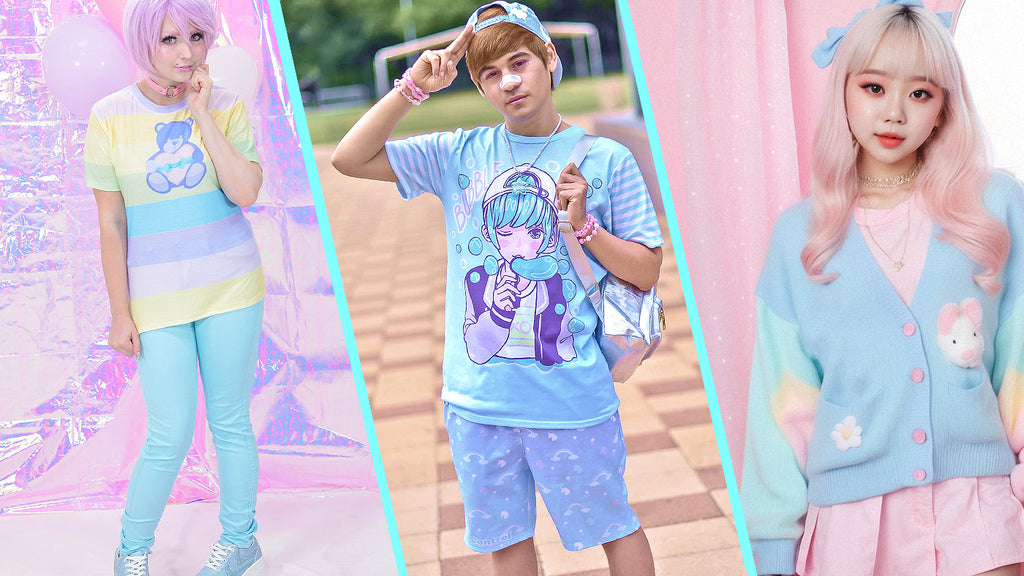
Creating Your Fairy Kei Style
To commence your journey into Fairy Kei, it is pivotal to embrace pastel color palettes that evoke a whimsical, childlike nostalgia. Soft hues, such as baby pink, sky blue, and lilac, serve as foundational elements characteristic of Fairy Kei's aesthetic, which is often accentuated by glowing neon accents or really bright pastels.
An essential aspect is the meticulous assembly of layers that contribute to the fashion's signature volume and texture. Elements including tutus, lace-trimmed skirts, and oversized sweaters are staples that enthusiasts artfully combine, often with a variety of playful accessories such as bows, beads, and plush creatures echoing retro pop culture.
Echoing a dreamlike fantasy, select attire that mirrors classic 80s and 90s influences. Vintage toys, emblematic character prints, and a bold mix of fabrics define this style, inviting wearers to a realm of sartorial enchantment largely inspired by nostalgia.
Sourcing Fairy Kei Essentials
Embrace a strategic approach to sourcing your staples.
To adeptly assemble a Fairy Kei wardrobe entails careful selection of various components that resonate with the sweetness and brightness characteristic of this niche. Pieces in pastel hues are quintessential, and the search for vintage clothing, often from the '80s and '90s, is a communal pursuit among admirers of the style. Furthermore, scouring through second-hand stores can prove to be a treasure trove of unique items.
Utilize both online and local vintage resources.
While conjuring this aesthetic, one must - like a curator in a gallery - meticulously select pieces that encapsulate the Fairy Kei ethos. Customization and personal flair, thus, become central to depicting one’s individual interpretation of the style.
Endeavor to blend authenticity with creative expression.
Seek garments that signal authenticity yet allow imaginative self-expression, fostering a Fairy Kei look that’s both quintessential and distinctively personal. Keep abreast of niche marketplaces, as they periodically facilitate access to the most authentic and fitting Fairy Kei attire.
Blending Individuality with Trends
Inherent in Fairy Kei's ethos is the harmonization of personal style with communal fashion currents. The wearer integrates their unique touch with the broader trends that define the community's aesthetic, creating an ensemble that's simultaneously individual and emblematically Fairy Kei.
The delicacy lies in the balance -- employing a palette of pastel tones against a canvas of '80s and '90s nostalgia, while inflecting one's attire with idiosyncratic embellishments. This sartorial dialogue between the self and the style ensures a variant of Fairy Kei that is at once universal in its appeal and particular in its articulation. Accessories, from whimsical jewelry to bespoke hair ornaments, become expressive tools in forging this personal yet communal identity.
Equally important is staying abreast of the shifting nuances within Fairy Kei. Participants in this fashion culture engage not only with staple vintage items but also with the ongoing evolution of trends within the community. By doing so, they situate their personal expression within the larger narrative of Fairy Kei's continuous reinvention, ensuring relevance and resonance.
In summary, there is a cultivated artistry in melding one's distinctive flair with the mutable trends of Fairy Kei. It calls for a judicious eye for detail and a willingness to delve into the depths of self-expression. By threading the needle between personal taste and community aesthetics, enthusiasts create layered, dynamic ensembles that honor the foundational principles of Fairy Kei while championing their unique fashion narrative.







